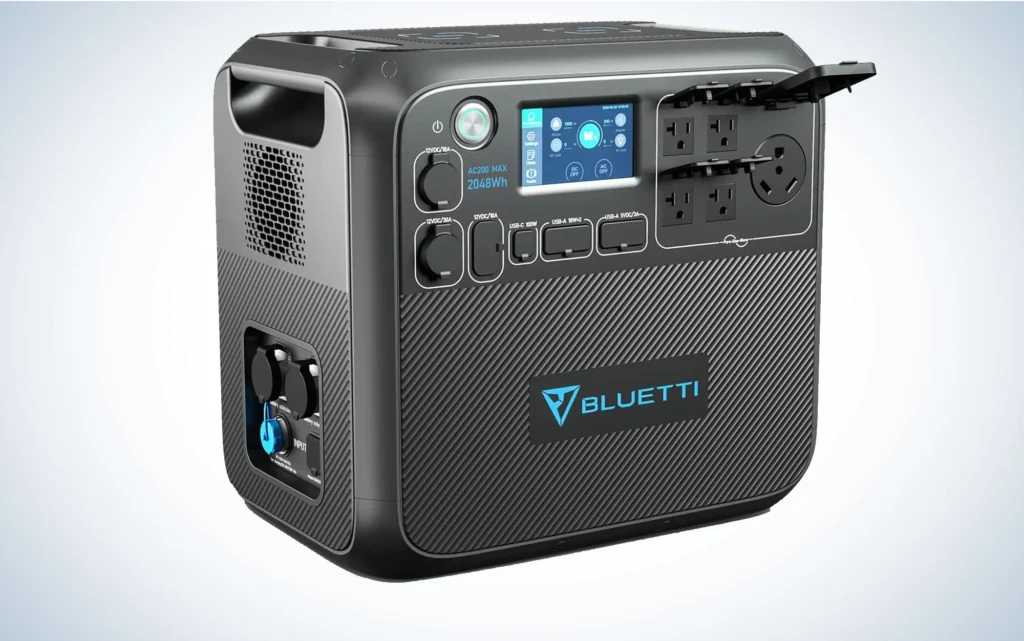Heating your outdoor swimming pool with a Solar Generator For House pool heating system is a simple way to lower your energy bills and keep your pool warm enough to swim all at the same time. Solar pool heating systems are easy to install and will last for years providing you with free solar hot water. Just like the home solar heating systems, they can turn the immense energy from the sun into something useful. A solar pool heating system is a very simple heating system to install and operate, all you need is a solar panel and a few pipes. A typical solar pool heating system can provide sufficient heat for a garden pool of any size and shape as long as you have enough flat panel solar collectors in your system.
A flat panel solar pool heater really comes into its own in the spring and autumn months when the mornings and evenings are too cool for normal pool usage. By installing a solar pool heating system, the use of a normal swimming pool can be increased by up to four months a year just by using the heat energy from the sun. The type of solar pool heating system will vary for each pool design, location and available sunlight but the basic principal remains the same.
Before, to heat the water in an outdoor pool or spa you needed to use either an electrical heater, a gas heater, normally a propane heater or conserve the heat already in the pool by using a swimming pool cover. Today, things have changed and we can easily use the energy of the sun to heat the water using a solar pool heating system.
Comfortable swimming pool water temperature is relatively low compared to other uses of hot water such as baths and showers. Flat panel solar collectors are most efficient at low temperatures and are therefore well suited for pool heating where a large volume of water has to be heated to just a few degrees above the ambient temperature rather than to heat a smaller quantity to a much higher temperature. A properly sized solar heating system can gently raise the pool temperature by at least 5 to 10 degC (10 – 20 degF) above the normal water temperature maintaining a comfortable swimming temperature each time the water passes through the solar collector.
So How Does it Work?
A solar pool heater system does not have to be complicated. A typical system consists of a flat panel solar collector, a filter, a pump and some tubing. The swimming pool water is circulated through a flat panel solar collector, usually mounted on a roof or next to the pool. This solar panel or panels can be glazed or unglazed. The water is heated by the suns solar energy which is absorbed by the water flowing over or through the panel before the heated water is returned back to the pool. An optional filter is used to remove the dirt and debris before the water is pumped through the solar collector and back to the pool using suitable plastic or copper tubing.
Swimming pool heating systems do not require a separate water storage tank, since the pool itself serves as the storage tank and in most cases, the pools filtration pump can be used to circulate the swimming pool water through the filter and solar collector making it an active system with force circulation of the heated water. In hot climates or the middle of summer, the solar collector can also be utilized to cool the pool, by circulating the water around the system at night with the solar panel acting as a radiator instead off a solar collector. If used during the colder months and weathers, a closed loop system may be required which has anti-freeze protection.
There are many different solar pool collectors available in the marketplace, each with their individual advantages and disadvantages. The size of the solar collector required for solar pool heating is determined by many factors, including: geographic location, size and shape of your pool, desired pool temperature, swimming season, and length of time required to reheat the pool as well as wind conditions and shading from trees, walls or fences, etc but a general rule of thumb is that you will need a system that is equal to about 50 to 80% of the pool surface area. That is the surface area of the pool water and not the volume of water.
Solar thermal panels for use in swimming pool heating systems are available in standard panel sizes which can be mounted next to the pool or on an adjacent roof making the installation of pump, filter and tubing much easier. There are both glazed and unglazed solar collectors available. Glazed solar collectors are typically made using large diameter copper tubing and aluminum plates, with iron-tempered glass covers. These are quite expensive and heavy, but in colder weather this type of system is more efficient in heating the pools water than an open type unglazed collector. Glazed solar collector systems can also be used as domestic hot water heaters.
Making use of the enormous amount of solar energy to heat a swimming pool is the most prevalent use for solar energy around the world today. Solar pool heating systems will help you save money, and decrease greenhouse gas emissions. Solar pool and domestic hot water heating is already a superior choice for solar application.

More Stories
Cost Segregation Analysis – Tax Reductions and the IRS Position on Cost Segregation
Illuminating Brilliance: A Spotlight on Florida’s Top Architects
Belize Properties: A How To Guide in Choosing the Best Home Here in Paradise